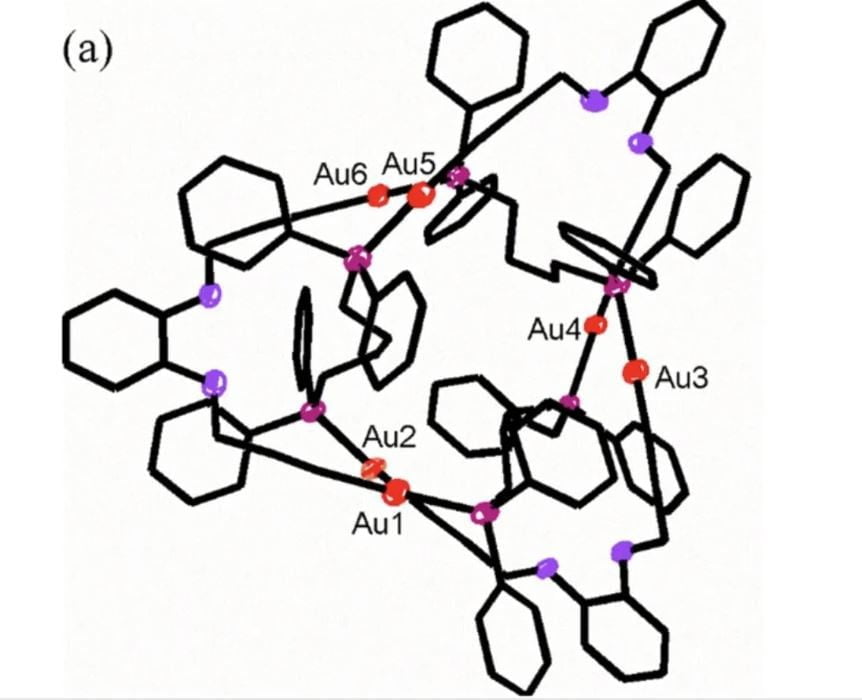Unraveling the Tightest Knot: A Serendipitous Discovery
In a remarkable feat of molecular engineering, scientists have crafted the smallest and tightest knot ever observed, comprising a mere 54 atoms. This groundbreaking achievement, detailed in the January 2nd issue of Nature Communications, pushes the boundaries of nanoscale construction and opens new avenues for materials science.
A Serendipitous Knot
The minuscule knot, a trefoil shape with three interlaced crossings, emerged unexpectedly during an attempt to create complex structures of interlocked ring molecules called catenanes. Chemist Richard Puddephatt and his colleagues at the Chinese Academy of Sciences in Dalian, China, stumbled upon this marvel of molecular architecture while exploring the potential of catenanes for future molecular machines.
A Tight Squeeze: The Tightest Trefoil Knot
This atomic knot is not only the smallest but also the tightest of its kind. The tightness of a molecular knot is measured by its backbone crossing ratio (BCR), which is the number of atoms in the chain divided by the number of crossings. The lower the BCR, the tighter the knot. The new knot boasts an impressive BCR of 18, surpassing the previous record holder with a BCR of 23.
Implications for Materials Science
The creation of such a tiny and tight knot has significant implications for materials science. Understanding the properties and behavior of molecular knots at this scale could pave the way for the development of novel materials with unique characteristics. These materials could potentially find applications in various fields, including electronics, nanotechnology, and medicine.
Future Directions: Unraveling the Mystery
While the discovery of this subatomic knot is a triumph in itself, the researchers are still unraveling the mystery of why this specific combination of atoms results in a knot. Further investigations into the underlying principles of molecular knot formation could lead to even more groundbreaking discoveries in the future.
Key Takeaways:
| Key Learning Points | Description |
|---|---|
| Smallest Molecular Knot | Scientists have created the smallest molecular knot, consisting of only 54 atoms. |
| Tightest Trefoil Knot | The knot is also the tightest of its kind, with a backbone crossing ratio (BCR) of 18. |
| Serendipitous Discovery | The knot was discovered accidentally while attempting to create complex structures of interlocked ring molecules. |
| Implications for Materials Science | This discovery could lead to the development of novel materials with unique properties. |
| Future Directions | Researchers are still investigating the underlying principles of molecular knot formation. |

Basant Kumar Sahoo is a seasoned writer with extensive experience in crafting tech-related articles, insightful editorials, and engaging sports content. With a deep understanding of technology trends, a knack for thought-provoking commentary, and a passion for sports, Basant brings a unique blend of expertise and creativity to his writing. His work is known for its clarity, depth, and ability to connect with readers across diverse topics.



